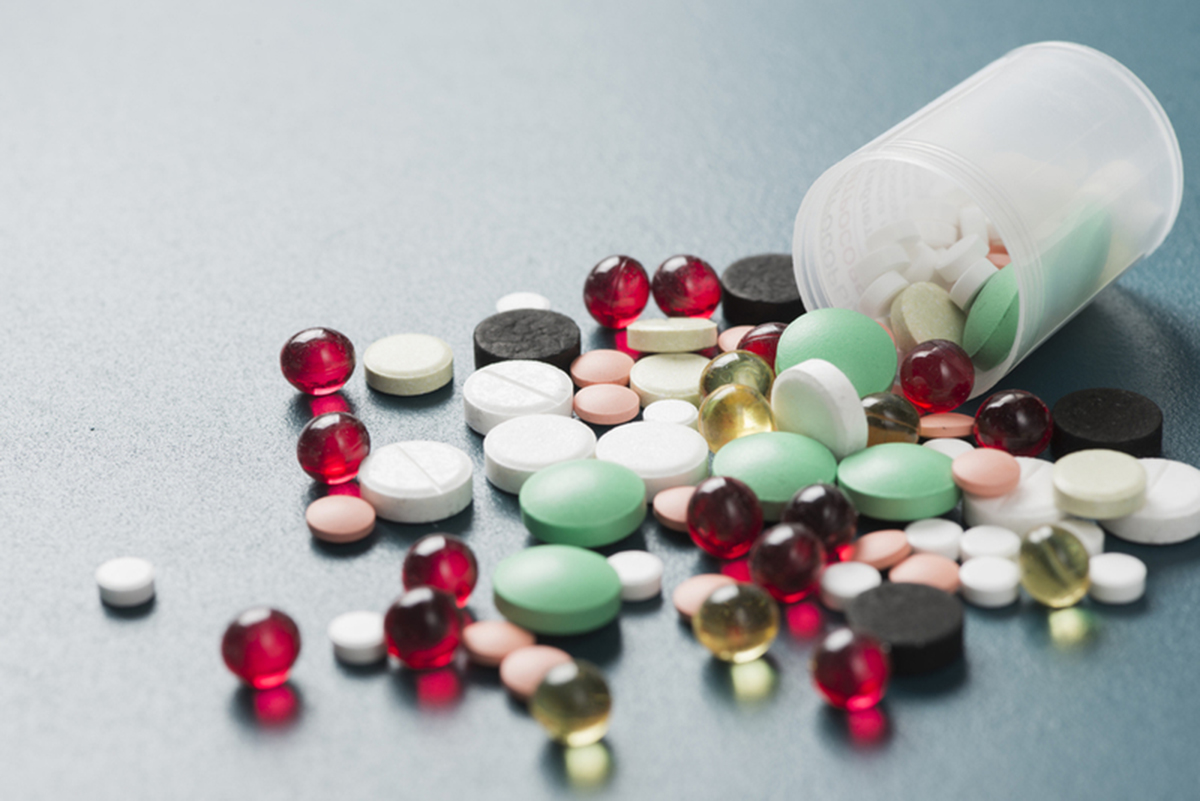When it comes to urinary tract infections, the commonness and frequency with which they are experienced makes it important for regular treatment options and medications to be available. The medical community has worked to streamline the process of diagnosing and treating UTIs so that patients are more likely to ask for help and less likely to try to treat the issue on their own, which can prove dangerous, with a number of unnecessary complications.

What is a UTI?
Symptoms of a UTI
Most of the symptoms of a UTI are easily recognized, since they are extremely common to any patient suffering from an infection.
- Pain or burning sensations when urinating
- Frequency and urgent need to urinate, sometimes without results
- The feeling of being unable to empty the bladder
- Pressure or pain in the pelvis or lower abdomen
- Cloudy, discolored, or foul smelling urine
- Mild fever and some fatigue
When this progresses into the kidneys, the pain spreads to the flanks and lower back, and mild fever becomes moderate or high. The pain can be excruciating and debilitating, and many find it hard to function at all.
Preventing a urinary tract infection
The best course of action is to do everything possible to prevent developing a urinary tract infection. There are several ways to do this.
- Take showers instead of baths. Not only will a patient be sitting in their own bacteria, but using scented soaps and bubble baths can irritate the urinary tract, making it more susceptible to infection.
- Never wait to urinate. Doing so can cause inflammation in the bladder, as well as keeping urine lodged inside, which is a breeding ground for bacteria. In addition, when a person regularly waits to release the bladder, they can lead to an inability to completely void urine, which leaves residual urine in the bladder to cultivate bacteria.
- Wipe from front to back. Wiping the other direction can drag germs from the anus or vagina to the urethra, causing an infection.
- Urinate immediately after sex. Intercourse is a common culprit of spreading germs, and urinating right away after sex helps flush any unwanted bacteria from the urethra.
- Wear loose fitting clothes and underwear with a cotton crotch. This allows for breathing and moisture wicking, which can reduce the chances of developing a UTI.
- Choose the right birth control. Using diaphragms with or without spermicide, or using a condom with spermicide or without lubrication, all contribute to risk factor for UTIs. The best form of birth control and protection from an STI, aside from abstinence, is to use a condom that is lubricated but does not contain spermicide.
Treating a UTI
When UTIs do occur, there are plenty of treatment methods.
- Antibiotics. The most common solution for a UTI is a short course of low dose antibiotics. The physician will take a culture from a urinalysis in order to determine what sort of bacteria is causing the infection, which will help them prescribe the correct antibiotic. Under normal circumstances, the antibiotic treatment will last only three to seven days. However, with a kidney infection, this could be as long as two weeks, with a higher dose, and in recurring infections, low doses may prescribed on an ongoing basis. The most commonly used are:
- Amoxicillin or Augmentin (penicillin)
- Keflex (cephalexin)
- Cipro (ciprofloxacin)
- Levaquin (levofloxacin) – often reserved for more severe infections
- Batrim or Septra (trimethoprim/sulfamethoxazole)
- Antifungals. In some cases, the cause of a UTI is not bacteria but, rather, fungus. This is usually due to an imbalance in the flora of the body and may need to be treated with an antifungal as well as a probiotic.
- Phenazopyridine. When the pain is more than a patient can handle, and over the counter solutions aren’t working, a doctor may offer this analgesic used specifically for UTIs in a prescription strength. Patients may opt to try the over the counter version first, especially if symptoms are interfering with daily activities and it’s difficult to get another doctor’s appointment.
- Hospitalization. In the case of a kidney infection, it is often complicated, and it may require hospitalization. The course of treatment here often includes intravenous antibiotics and fluids, all of which will help clear up the infection and flush it out of the body.
Treating a UTI: Additional steps to take at home
Once a UTI takes hold and the patient has begun treatment with antibiotics, there are additional steps they can take at home to help relieve symptoms.
- Drink plenty, especially water, to help keep urine flowing and relieve some of the pain and burning of urination.
- Don’t drink caffeinated drinks or alcohol while suffering from a UTI, as both of these will exacerbate symptoms.
- Try over the counter pain relievers, such as acetaminophen and ibuprofen, which can help lower pain levels and allow normal daily activity to return.
- Use a heating pad on the lower back or abdomen. This can reduce the inflammation in these areas caused by the infection and be quite successful in relieving pain.


Your thoughts on this